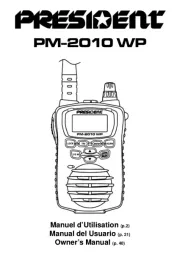SEAFARER 3 - 4 Manual
| Mærke: | SEAFARER |
| Kategori: | Marine |
| Model: | 3 - 4 |
Har du brug for hjælp?
Hvis du har brug for hjælp til SEAFARER 3 - 4 stil et spørgsmål nedenfor, og andre brugere vil svare dig
Marine SEAFARER Manualer

23 August 2024

14 August 2024
Marine Manualer
- Dickinson Marine
- Navico
- Nasa
- BandG
- Icom
- Sailtron
- President
- Klarfit
- Echotec
- Easy
- Humminbird
- WEST SYSTEM
- Alphatron
- Fusion
- Rockford Fosgate
Nyeste Marine Manualer

15 Januar 2025

5 Oktober 2024

23 September 2024

21 September 2024

20 September 2024

18 September 2024

27 August 2024

27 August 2024

27 August 2024

26 August 2024
